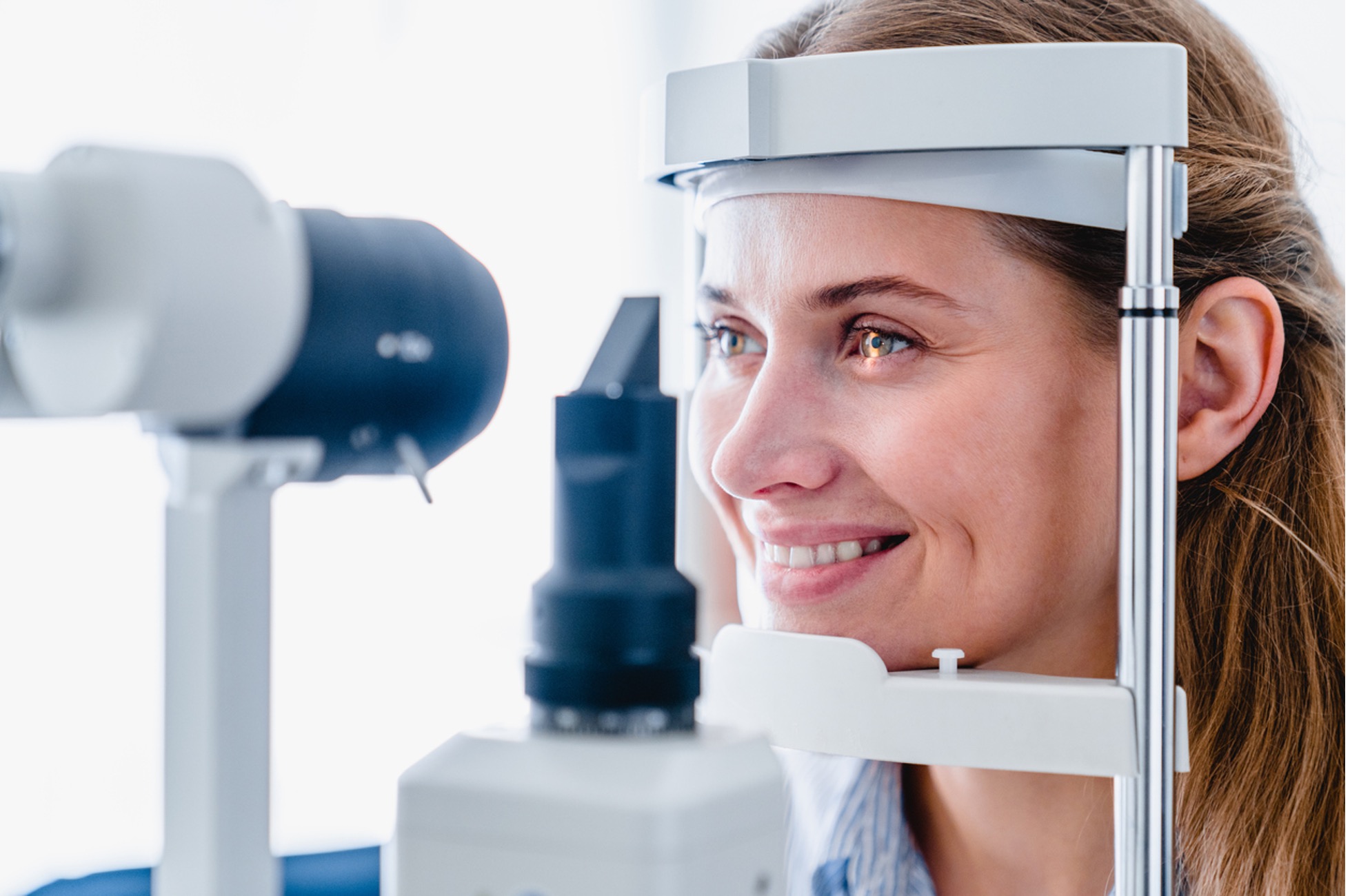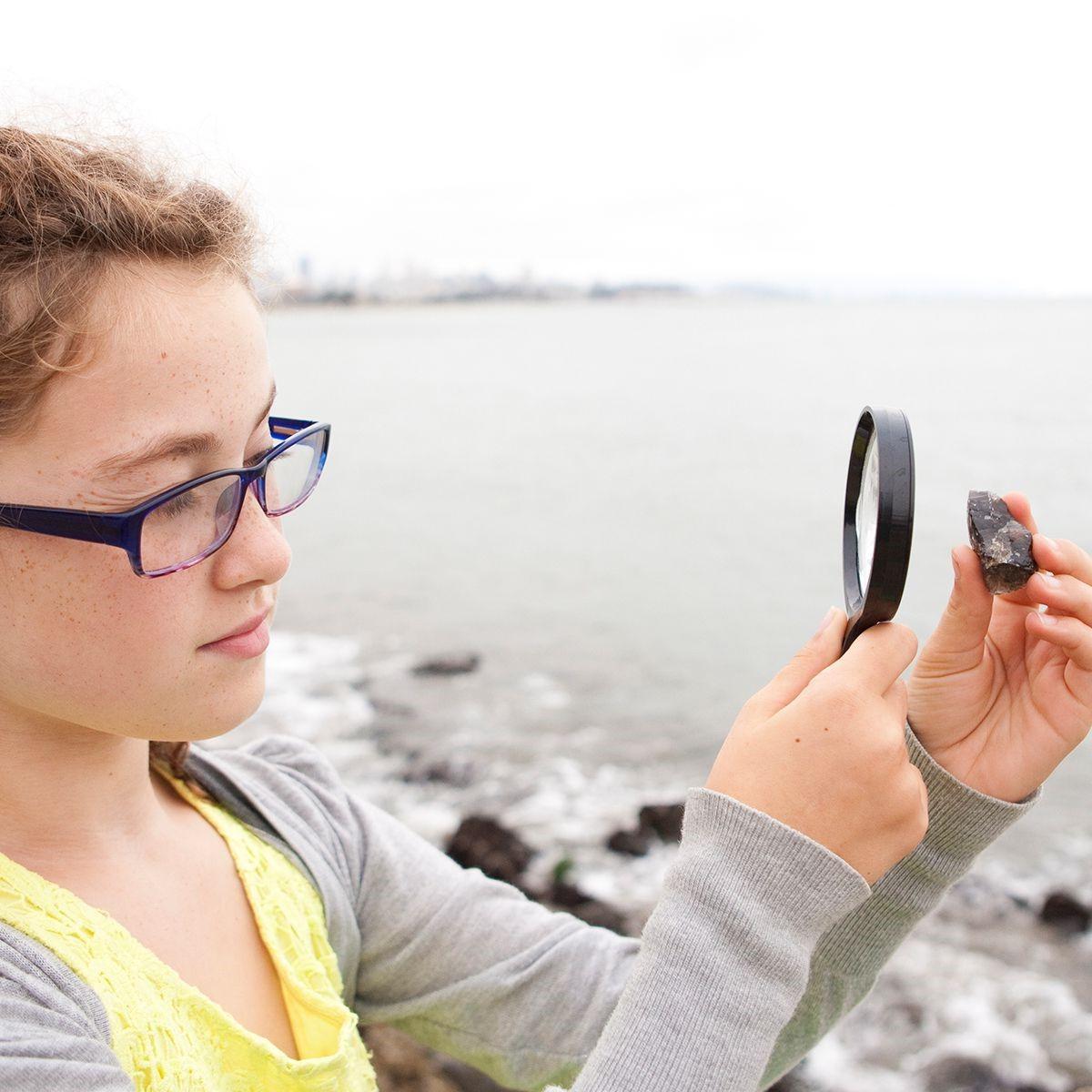Comprehensive Retina Service Near Me: Advanced Eye Healthcare
Comprehensive Retina Service Near Me: Advanced Eye Healthcare
Blog Article
The Role of Advanced Diagnostic Tools in Identifying Eye Disorders
In the realm of ophthalmology, the utilization of sophisticated analysis tools has changed the early recognition and management of different eye problems. From finding subtle adjustments in the optic nerve to checking the progression of retinal conditions, these innovations play an essential function in boosting the precision and effectiveness of detecting ocular conditions. As the demand for specific and prompt diagnoses remains to expand, the assimilation of innovative devices like optical coherence tomography and visual field screening has become indispensable in the world of eye care. The intricate interaction between innovation and sensory methods not only drops light on complex pathologies yet also opens up doors to tailored therapy approaches.
Significance of Early Medical Diagnosis
Early medical diagnosis plays a critical role in the effective monitoring and therapy of eye disorders. By detecting eye conditions at an early phase, healthcare companies can use appropriate treatment plans customized to the specific condition, eventually leading to far better outcomes for individuals.

Technology for Finding Glaucoma
Innovative diagnostic technologies play a crucial role in the early detection and tracking of glaucoma, a leading root cause of irreparable loss of sight worldwide. One such innovation is optical coherence tomography (OCT), which gives in-depth cross-sectional pictures of the retina, permitting the dimension of retinal nerve fiber layer thickness. This measurement is vital in assessing damage brought on by glaucoma. One more sophisticated tool is visual field testing, which maps the level of sensitivity of a person's visual field, aiding to discover any areas of vision loss attribute of glaucoma. Additionally, tonometry is utilized to determine intraocular pressure, a significant danger aspect for glaucoma. This test is vital as raised intraocular pressure can cause optic nerve damage. In addition, newer innovations like making use of expert system formulas in analyzing imaging information are revealing encouraging cause the very early detection of glaucoma. These innovative analysis tools allow ophthalmologists to diagnose glaucoma in its very early phases, enabling prompt intervention and far better management of the disease to protect against vision loss.
Duty of Optical Coherence Tomography

OCT's ability to measure retinal nerve fiber layer thickness enables precise and objective measurements, aiding in the early discovery of glaucoma even before visual field flaws come to be evident. OCT innovation allows longitudinal surveillance of structural modifications over time, promoting tailored therapy plans and prompt interventions to aid maintain clients' vision. The non-invasive nature of OCT imaging also makes it a favored option for keeping track of glaucoma development, as it can be repeated on find out this here a regular basis without causing pain to the patient. On the whole, OCT plays a vital function in improving the analysis accuracy and monitoring of glaucoma, inevitably adding to better results for people in jeopardy of vision loss.
Enhancing Diagnosis With Visual Area Testing
A vital component in detailed sensory evaluations, aesthetic area screening plays a critical function in enhancing the diagnostic process for various eye disorders. By assessing the complete level of an individual's aesthetic field, this examination provides important info regarding the practical stability of the entire visual pathway, from the retina to the visual cortex.
Visual field testing is specifically beneficial in the medical diagnosis and management of problems such as glaucoma, optic nerve conditions, and different neurological illness that can influence vision. Through quantitative dimensions of outer and central vision, clinicians can detect refined adjustments that may show the presence or development of these disorders, even before noticeable signs and symptoms take place.
Furthermore, aesthetic field screening permits for the tracking of treatment effectiveness, assisting ophthalmologists tailor healing interventions to private patients. eyecare near me. By tracking adjustments in aesthetic field performance in time, medical care suppliers can make informed decisions about changing drugs, suggesting surgical interventions, or applying various other proper actions to maintain or boost a person's visual feature
Handling Macular Deterioration

Conclusion
Finally, advanced diagnostic devices play a critical duty in determining eye conditions beforehand. Technologies such as Optical Comprehensibility Tomography and visual area testing have considerably improved the accuracy and efficiency of identifying conditions like glaucoma and macular deterioration. Early discovery enables for prompt treatment and administration of these problems, ultimately causing better end results for clients. It is imperative for medical care professionals to stay upgraded on these developments to offer the best feasible look after their patients. eyecare near me.
Report this page